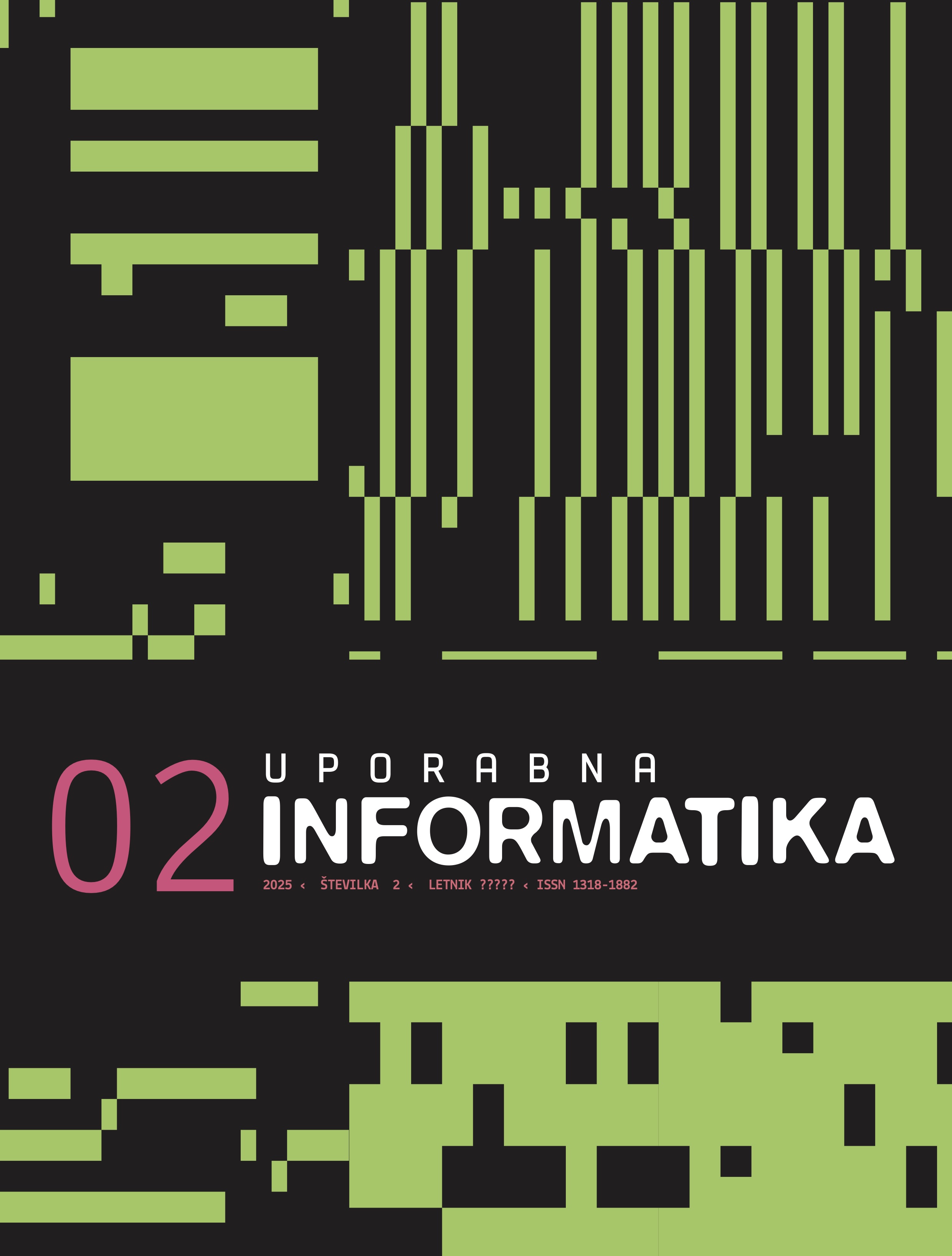Establishing Encryption Keys with Post-Quantum Cryptography
DOI:
https://doi.org/10.31449/upinf.248Keywords:
KEM, key encapsulation mechanism, post-quantum cryptography, analysisAbstract
The development of the quantum computer is advancing so fast that, although a cryptographically significant quantum computer does not yet exist and, according to the most optimistic forecasts, can only be expected in about a decade, some of the vulnerable cryptographic building blocks used to protect data today already need to be replaced. This paper is an overview of key encapsulation mechanisms (KEMs), which are quantum-secure algorithms for encryption key agreement. In the paper, we discuss the threat quantum computers pose to traditional cryptography, present the general operation of KEM algorithms and specific algorithms for which we will outline their security properties, and perform an analysis of their performance. Finally, we present examples of KEM algorithms or hybrid solutions that combine traditional and post-quantum cryptography in commonly used protocols.






